Tiny Houses Are Not A Fad
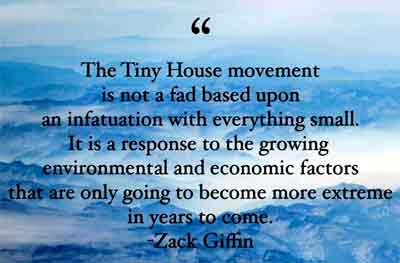
What’s the difference between a fad and a trend?
A fad is defined as something that is met with wild enthusiasm but is short-lived. A trend, on the other hand, is a general direction in which something is developing or changing.
Fads are frequently cute, exciting, and lots of fun! The popularity of Baby Shark and even hula hoops simply boggles the mind. While they’ve exhibited some surprising longevity, they are not developments that further the good of mankind, or put a roof over anyone’s head.
Though tiny houses may be seen by some as cute and exciting, they are a trend. Every year, more festivals and gatherings dedicated to tiny living pop up across the United States, consistently draw huge crowds. We here at Tiny Life Consulting went from attending these shows to hosting our own booth. We’ve been listening to people’s stories. Housing is a fundamental need for every human on the planet, and we support the tiny lifestyle by educating our readers and offering helpful resources. This is how trends begin.
Were Mobile Homes a Fad?
Mobile homes filled the need for fast, inexpensive housing for returning service members after World War II. Now more accurately called ‘manufactured homes’ they are still filling the need of less expensive housing today. Manufactured homes were never considered a fad, most likely because they were constructed in factories from the beginning.
During the war, sales of travel trailers plummeted. Many TT manufacturers, like Airstream, just closed up until after the war. Seeing a huge new market, these companies immediately designed a new style of trailer to meet the demand. Already a highly regulated industry, the government was fairly quick to pass new regulations for this exploding and desperately needed development. The manufactured home industry continues to be one of the most highly regulated industries today.
In the years following WWII, mobile home parks sprung up by the thousands, and a trend was born.
Tiny Homes Are A Little Different
Tiny homes in the US started as bandit units to get around restrictive rules and regulations. They were home built, many times of dubious quality. But they provided inexpensive housing for the clever do-it-yourselfer.
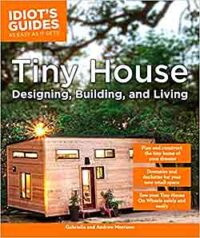
Andrew Morrison was one of the first to build a tiny house and push to get it legalized. Learn more about the tiny house history on my page titled Tiny Life Pioneers.
Tiny Houses have been discriminated against for several reasons
- Contractors can’t make money on tiny homes. The projects are too small for them to want to build, so they get zoning boards to enact laws requiring certain size houses.
- Homeowner Associations fear tiny houses because of preconceived notions that tiny house neighborhoods will bring in the poor and undesirable.
- Most people without construction skills can’t imagine that an average person can construct a nice looking tiny home, or keep a nicely landscaped property.
- City councils envision run down trailer parks and don’t want that in their town.
Still, Tiny Houses Persist
No one can deny that we are past the point where tiny living can be considered a fad. Tiny houses hold out hope for attainable, safe housing for a growing group of working poor.
Tiny houses can have the same quality as a regular home. Generally they cost as much per square foot to build as a conventional home, but because they are smaller, they should be less expensive.
As the need for reasonably-priced housing continues to grow, so will the trend of tiny living.
Naysayers frequently are just looking for blog traffic
Those posting about the tiny house ‘fad’ on their blogs demonstrate how little they know about current developments in the tiny home world, or those who seek to live in them. These misinformed bloggers concentrate only on a few negative aspects of tiny houses, as well as tiny homes that have been overbuilt with the most expensive finishes.
Many will have you thinking that all tiny homes must have a smelly composting toilet. Composting toilets are one choice, but there are other alternatives, including conventional plumbing.
Naysayers will also focus on items that drive up the cost like marble counter tops and ‘smart home’ features. Just like conventional houses, tiny abodes can be built with materials that meet the owner’s budget and needs.
Some also harp on the perceived difficulties in getting loans and/or insurance. That’s old news. It’s much easier these days.
Finding a place to park is also getting easier as the tiny houses are becoming more accepted into RV parks, and new tiny home villages are going up all across our country.
The United States Need for Affordable Housing Grows Greater With Each Passing Day
Folks desperate for affordable housing are always on the lookout for alternatives to the American stick house. Types of tiny homes being built are Earthbag, Geodesic domes, converted panel trucks, old school buses, yurts, and more. Explore the world of tiny types on this page: Tiny House Types
Cities are discovering that moveable tiny homes can also be an answer to the homeless epidemic, and also used for veterans housing.
Growing Pains
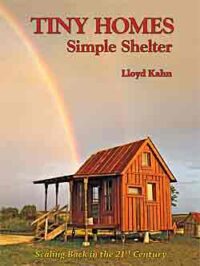
If tiny houses continue to be made by individuals and small companies, the niche growth will be slow but steady. Regulations and acceptance are coming along. There are so many types of tiny houses that any overarching regulations won’t accommodate all of them.
There is, however, a dedicated group of people like Andrew Morrison and Lina Menard championing the cause. The need for affordable tiny homes will not die out.
Refer to our bookstore for over 50 informative books about tiny houses.


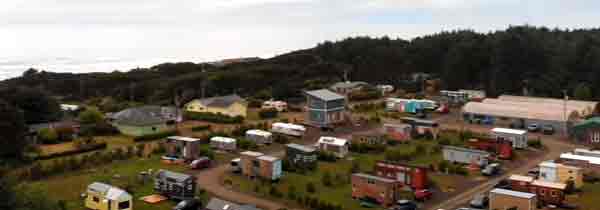
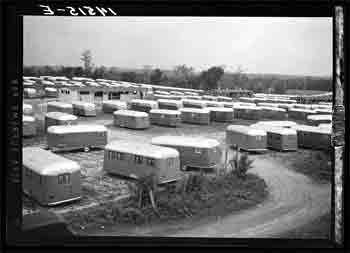

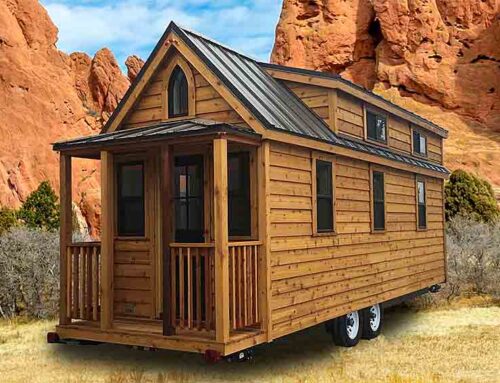
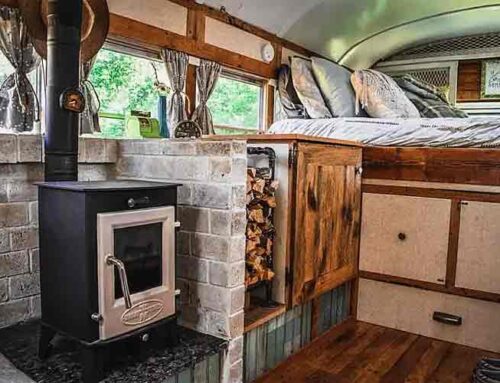
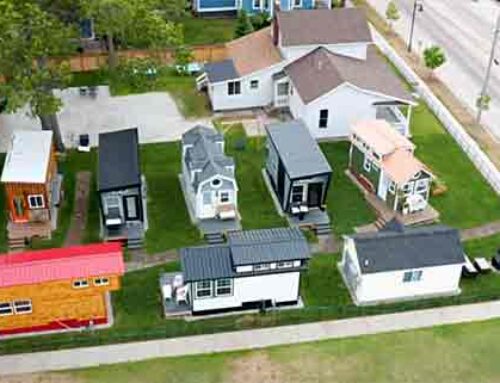
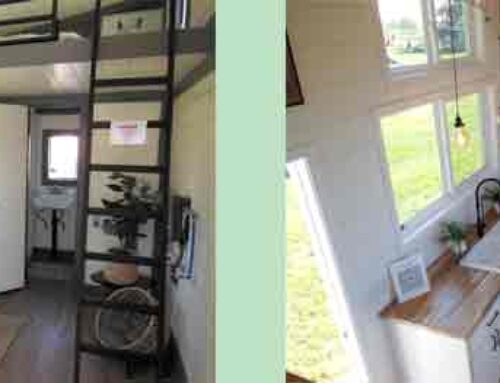
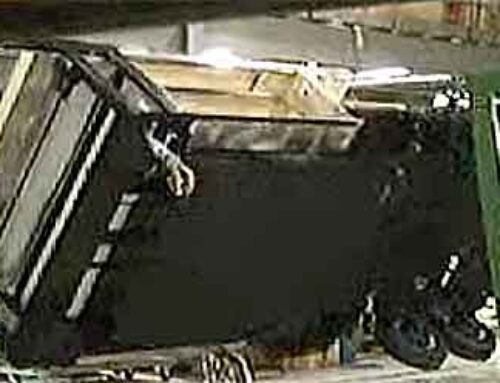
Leave A Comment